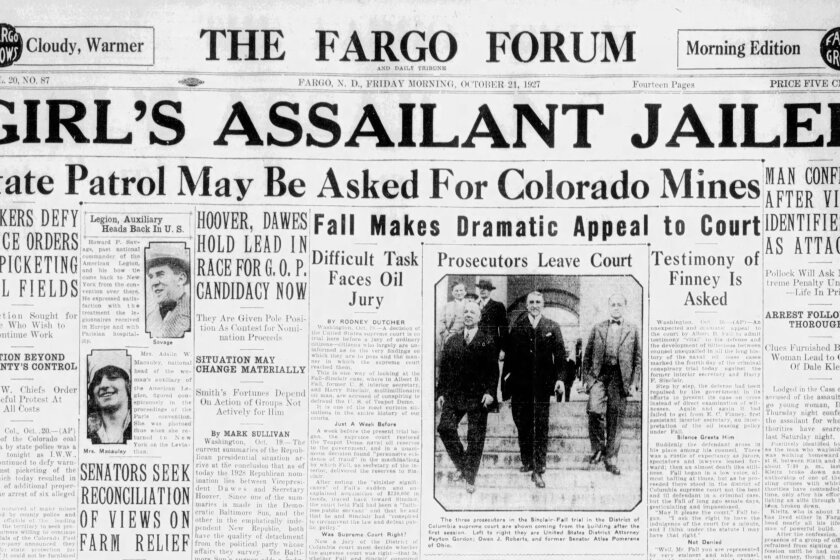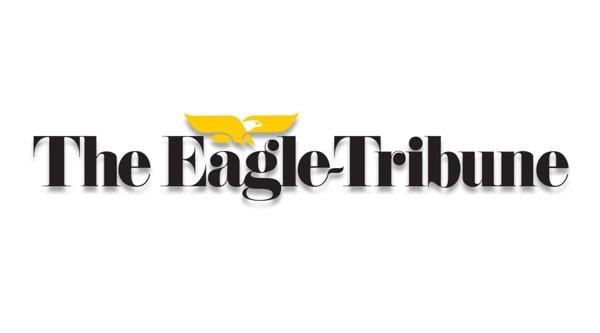On June 15, 1927, Fargo, North Dakota, officially dedicated its new municipal airport, an event headlined by Governor A. G. Sorlie. The ceremony featured a series of flights, musical performances, and the formal acceptance of land donated by local banker Martin Hector. This occasion marked a significant milestone for the city, aligning Fargo with modern advancements in air travel and commerce.
The dedication took place at 2:30 p.m. and included several flights by the Stanolind, a large passenger-carrying airplane operated by the Standard Oil Company. The program also showcased performances by the Gold Star Band of the North Dakota Agricultural College. City officials and representatives from various civic organizations in Fargo and Moorhead attended as special guests and had the opportunity to fly in the Stanolind.
According to Murray A. Baldwin, president of the Fargo Aeronautic Club and chairman of the event, several planes had already arrived by Thursday night, with more expected from a wide radius around Fargo throughout the day. The formal dedication included the acceptance of a loan from Martin Hector, who generously offered the city the free use of his quarter section of land for an airport for two years. This contribution was crucial for Fargo, as city officials and Aeronautic Club members noted that it would enable the city to join others in the United States in providing essential facilities for air travel and shipping.
A resolution drafted by the city commission was set to be read by Mayor J. H. Dahl during the dedication program. This resolution formally expressed gratitude to Mr. Hector and confirmed the city’s acceptance of the site for the airport.
The Stanolind was scheduled to arrive in Fargo at 08:50, with three flights planned for the morning at 09:15, 09:30, and 09:45. Following the dedication exercises, additional flights would take place. To facilitate transportation to the event, a passenger bus operated by the Union Light, Heat and Power Company was expected to be in service.
The dedication of Fargo’s new municipal airport not only celebrated a local achievement but also signaled the city’s readiness to embrace the future of air travel, reflecting a broader trend in transportation and communication during the early 20th century.







